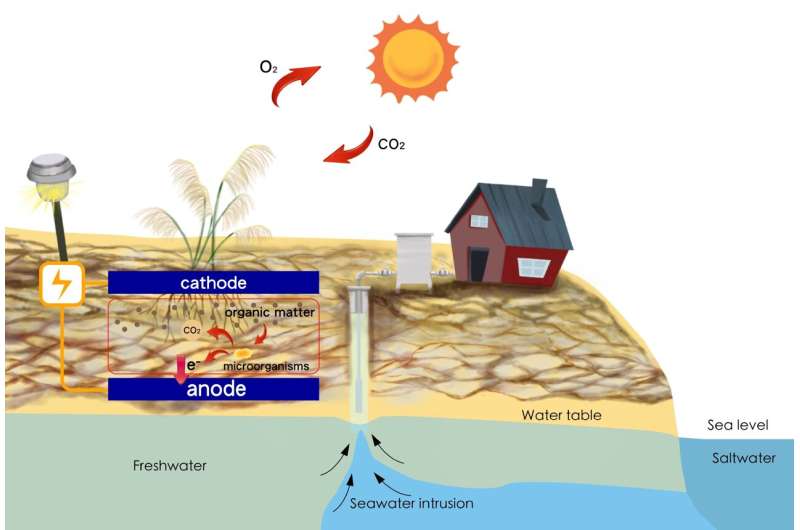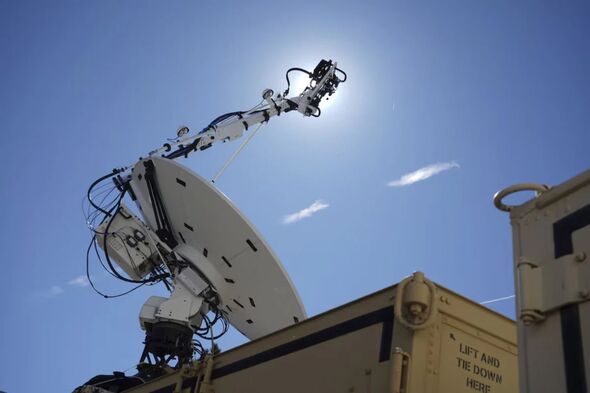Recent investigations into superconductors have led researchers to explore a fascinating phenomenon known as the quantum echo. This discovery could significantly enhance our understanding of superconductivity and its applications in technology. Superconductors, materials that conduct electricity without resistance at extremely low temperatures, are at the forefront of scientific inquiry due to their potential to transform various sectors, from healthcare to energy.
Understanding Superconductivity
Superconductivity occurs in specific materials where electrical resistance vanishes entirely, typically at temperatures near absolute zero. This unique property is marked by two key features: the Meissner effect, which expels magnetic fields, and the formation of Cooper pairs, where electrons pair up and move through the material without scattering. These characteristics have far-reaching implications, enabling advancements in areas such as magnetic resonance imaging (MRI) and improving the efficiency of power grids.
The Quantum Echo Phenomenon
The concept of a quantum echo arises from the interplay of coherence and decoherence in quantum systems. Coherence describes a quantum state maintaining its wave-like characteristics, while decoherence indicates the loss of these properties due to interactions with the surrounding environment. Quantum echoes signify a revival of coherence after a period of decoherence, akin to sound reverberating after its initial emission.
In recent studies, researchers have observed quantum echoes in superconductors when varying temperature and external magnetic fields. This behavior offers insights into the fundamental mechanisms that govern superconducting states. Specifically, perturbations in superconducting materials may briefly amplify the wave-like features of quantum states before coherence diminishes, producing an “echo” of the original state.
Applications and Implications
Understanding quantum echoes in superconductors opens up a range of potential applications across multiple fields:
- Quantum Computing: The manipulation and preservation of quantum states are vital for the future of quantum computers. Quantum echoes can provide strategies to counteract decoherence, enhancing the stability of qubits—the information units in quantum computing. Improved coherence times could allow quantum computers to tackle more complex calculations, moving closer to their transformative potential.
- High-Temperature Superconductors: While traditional superconductivity occurs at extremely low temperatures, the emergence of high-temperature superconductors marked a significant advancement. Yet, the underlying mechanisms remain largely unexplained. The phenomenon of quantum echoes may offer critical insights into these materials, aiding in their optimization for practical applications.
- Energy Transmission: Superconductors can revolutionize energy transmission through lossless electrical conduction. By harnessing quantum echoes, researchers aim to innovate superconducting circuits and power grids, reducing energy losses and promoting a more sustainable future.
As researchers delve deeper into the properties of quantum echoes within superconductors, they are investigating experimental setups to observe these phenomena under varying conditions. Combining techniques from both quantum optics and theoretical physics will provide a clearer understanding of the quantum echo phenomenon and its implications for superconductivity.
The exploration of quantum echoes represents a significant step forward in the quest to unlock the complexities of quantum physics. As scientists advance their understanding of superconductivity, they also pave the way for new technological possibilities. The promise of quantum echoes may indeed be central to future innovations in quantum technologies, including computing and energy systems. As research progresses, the implications of this phenomenon are expected to resonate through the scientific community, influencing advancements for years to come.







